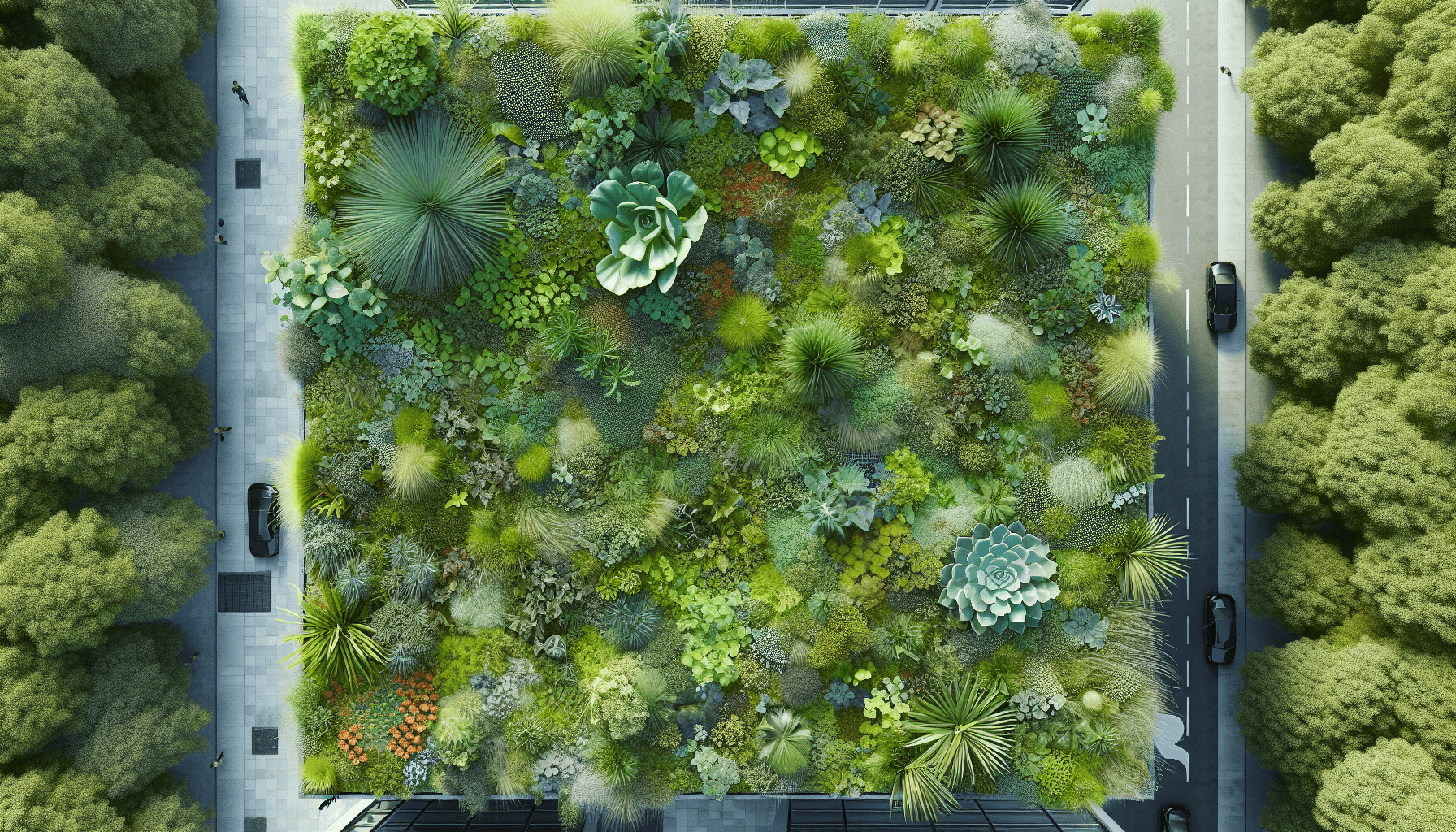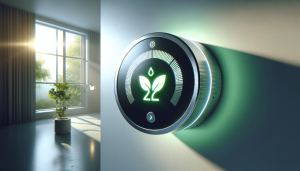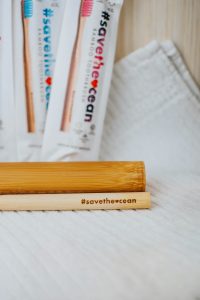Let’s embark on a journey to transform our rooftops into lush, eco-friendly havens! In this article titled “How Do I Design A Green Roof?” we’ll explore the process of creating a green roof from scratch. We’ll cover everything from choosing the right plants and materials to understanding the structural requirements. By the end of our guide, we’ll be well-equipped to design a green space that not only enhances our living environment but also contributes positively to the planet. Let’s get started on making a green roof that’s as beautiful as it is sustainable! Have you ever wondered, “How do I design a green roof?”? As more of us look for ways to live sustainably and connect with nature, green roofs are becoming increasingly popular. Not only do they provide a lush oasis in urban environments, but they also offer a myriad of environmental and economic benefits. Let’s dive into the fascinating world of green roofs and discover how to design one step-by-step.
What is a Green Roof?
A green roof, also known as a living roof, is a building roof that is partially or completely covered with vegetation and a growing medium. It usually includes a waterproofing layer to protect the structure underneath. There are different types of green roofs, which serve various functions and offer unique benefits.
Types of Green Roofs
Understanding the different types of green roofs helps us determine which one suits our needs best. Let’s explore the main types:
- Intensive Green Roofs:
- Characteristics: Thick growing medium (usually more than 6 inches), supports a wide variety of plants, including trees and shrubs.
- Maintenance: Requires regular maintenance, including irrigation and weeding.
- Benefits: Offers an extensive green space, similar to a garden or park.
- Weight: Heavier and requires robust structural support.
- Extensive Green Roofs:
- Characteristics: Thinner growing medium (2-6 inches), typically features low-growing, drought-tolerant plants like sedums and grasses.
- Maintenance: Minimal maintenance needed, occasional weeding and fertilizing.
- Benefits: Lightweight, cost-effective, and easier to retrofit on existing structures.
- Weight: Lighter compared to intensive green roofs, making them more versatile for use.
- Semi-Intensive Green Roofs:
- Characteristics: Intermediate depth of growing medium (6-12 inches), can support a mix of plants.
- Maintenance: Moderate maintenance required, more than extensive but less than intensive.
- Benefits: Balances the benefits of both intensive and extensive roofs, providing more design flexibility.
- Weight: Intermediate weight, requiring some structural reinforcement.
| Type of Green Roof | Growing Medium Depth | Maintenance Level | Plant Types | Weight |
|---|---|---|---|---|
| Intensive | >6 inches | High | Trees, shrubs, perennials | Heavy |
| Extensive | 2-6 inches | Low | Sedums, grasses | Light |
| Semi-Intensive | 6-12 inches | Moderate | Mix of plants | Intermediate |
Benefits of Green Roofs
Designing a green roof is not just about aesthetics; it offers numerous advantages. Let’s discuss some of the key benefits.
Environmental Benefits
- Improved Air Quality: Plants naturally filter and trap pollutants, improving the air quality around us.
- Stormwater Management: Green roofs absorb significant amounts of rainwater, reducing runoff and lowering the risk of urban flooding.
- Biodiversity: They provide habitats for various species, supporting local urban wildlife.
- Thermal Regulation: Green roofs help insulate buildings, reducing heat loss in winter and cooling buildings in summer by mitigating the urban heat island effect.
Economic Benefits
- Energy Savings: By improving insulation, green roofs reduce heating and cooling costs.
- Increased Roof Lifespan: The protective layers of a green roof shield the roof membrane from ultraviolet radiation and extreme temperature fluctuations, extending its lifespan.
- Property Value: A well-designed green roof can enhance the aesthetic value and appeal of a property, potentially increasing its market value.
Social and Psychological Benefits
- Urban Green Space: Green roofs provide valuable green spaces in urban environments, promoting physical activity and social interaction.
- Mental Well-being: Access to green spaces has been shown to reduce stress, improve mood, and boost overall mental health.
- Noise Reduction: Green roofs act as sound insulation, reducing noise pollution both inside and outside the building.
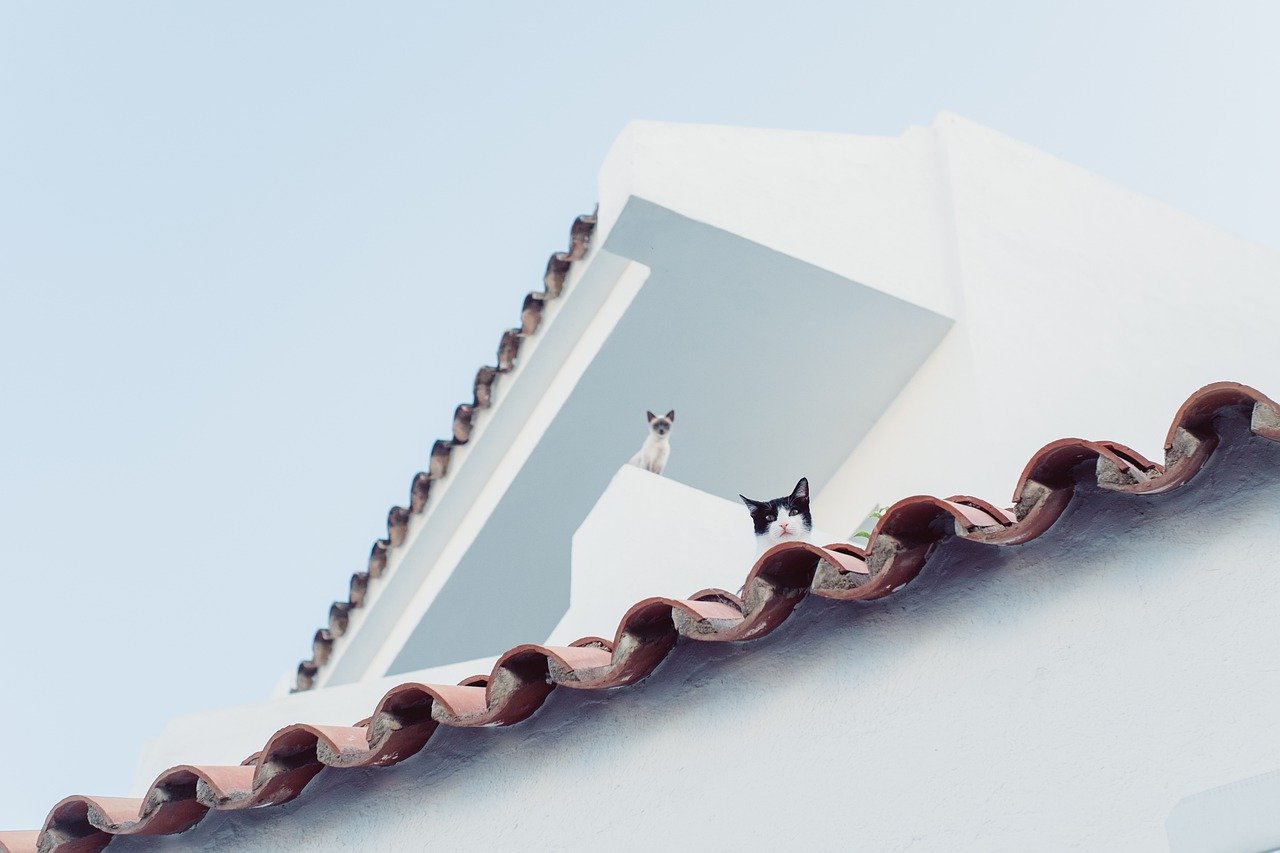
Steps to Designing a Green Roof
Designing a green roof requires careful planning and consideration. Let’s walk through the essential steps to create a thriving green roof.
Assess Building Suitability
The first step is to evaluate whether our building can support a green roof. This assessment involves several factors:
- Structural Load Capacity: Consult with a structural engineer to determine if the building can handle the additional weight of a green roof, including the weight of the soil, vegetation, and water.
- Building Code Compliance: Ensure that our design complies with local building codes and regulations.
- Roof Slope: Green roofs work best on flat or low-sloped roofs (up to 30 degrees). Steeper roofs will need additional support and anchoring systems.
Design the Green Roof Layers
A well-designed green roof consists of multiple layers, each serving a specific function. Here are the primary layers:
- Vegetation Layer: The top layer, consisting of the selected plants.
- Growing Medium: The soil or substrate that supports plant growth. It should be lightweight, well-draining, and nutrient-rich.
- Filter Layer: Prevents fine particles from clogging the drainage layer.
- Drainage Layer: Allows excess water to drain away, preventing waterlogging.
- Root Barrier: Protects the waterproofing layer from root penetration.
- Waterproofing Layer: Ensures the roof remains watertight, protecting the building structure.
- Insulation Layer: Provides thermal insulation, reducing energy consumption.
| Layer | Function |
|---|---|
| Vegetation Layer | Supports plant growth |
| Growing Medium | Provides nutrients and anchors plants |
| Filter Layer | Prevents fine particles from clogging drainage |
| Drainage Layer | Allows excess water to drain |
| Root Barrier | Protects from root penetration |
| Waterproofing Layer | Ensures watertightness |
| Insulation Layer | Provides thermal regulation |
Select Suitable Plants
Choosing the right plants is crucial for the success of our green roof. Factors to consider include:
- Climate: Select plants that are suited to our local climate and can withstand temperature extremes.
- Sun Exposure: Choose plants based on the amount of sunlight our roof receives.
- Plant Characteristics: Opt for drought-tolerant, low-maintenance species that have a good root structure to stabilize the soil.
Popular choices for extensive green roofs include sedums, grasses, and wildflowers, while intensive roofs can host a wider variety, including shrubs, trees, and perennials.
Irrigation and Maintenance Plan
Even low-maintenance green roofs require some level of care. Developing an irrigation and maintenance plan ensures our green roof remains healthy and vibrant.
- Irrigation: We may need to install an irrigation system, especially for intensive green roofs or during dry periods.
- Weeding and Pruning: Regular weeding and pruning prevent unwanted plants from taking over and keep our green roof looking tidy.
- Inspection and Repairs: Periodic inspections help identify any issues, such as drainage problems or damaged layers, allowing us to address them promptly.
Consider Additional Features
Enhancing our green roof with additional features can further improve its functionality and appeal:
- Paths and Seating: Adding walkways and seating areas creates a perfect spot for relaxation and social gatherings.
- Solar Panels: Combining a green roof with solar panels can maximize the sustainability of our building, providing both energy savings and environmental benefits.
- Water Features: Incorporating water features like ponds or fountains can enhance the aesthetic appeal and create a serene atmosphere.
Step-by-Step Installation Guide
Let’s go through a detailed step-by-step guide to installing our green roof:
- Structural Assessment: Hire a structural engineer to assess the load-bearing capacity of our roof.
- Design Planning: Develop a detailed design plan, including the layout, plant selection, and irrigation system.
- Prepare the Roof: Clean the roof surface and repair any damage.
- Install Waterproofing Layer: Apply a high-quality waterproof membrane to prevent leaks.
- Add Insulation Layer: Place the insulation layer, if necessary, to improve thermal efficiency.
- Install Root Barrier: Lay down the root barrier to protect the waterproof membrane.
- Add Drainage Layer: Ensure proper drainage by installing a layer that allows excess water to flow away.
- Install Filter Layer: Place a filter layer to prevent soil particles from clogging the drainage system.
- Add Growing Medium: Spread the growing medium evenly, ensuring it has the right depth and composition for our chosen plants.
- Plant Vegetation: Carefully plant the selected vegetation, following the design layout.
- Install Irrigation System: Set up an irrigation system if required.
- Final Inspection: Conduct a final inspection to ensure everything is in place and functioning correctly.

Maintenance Tips
Once our green roof is installed, ongoing maintenance is essential to keep it thriving. Here are some maintenance tips:
- Watering: Ensure the plants receive adequate water, especially during dry periods. Automated irrigation systems can help maintain consistent moisture levels.
- Fertilizing: Apply fertilizers as needed to provide essential nutrients to the plants.
- Weeding: Regularly remove weeds to prevent them from competing with our desired plants.
- Pest Control: Monitor for pests and diseases, and take appropriate measures to manage them.
- Inspections: Periodically inspect the roof layers and drainage system to identify and address any issues.
DIY vs. Professional Installation
Deciding whether to install a green roof ourselves or hire a professional depends on several factors:
DIY Installation
- Benefits: Cost savings, personal satisfaction, and the ability to customize every detail.
- Drawbacks: Requires significant time, effort, and expertise. Risk of errors that could compromise the roof’s integrity.
Professional Installation
- Benefits: Expertise, experience, and access to specialized tools and materials. Guaranteed results and warranties.
- Drawbacks: Higher costs and less personal control over the installation process.
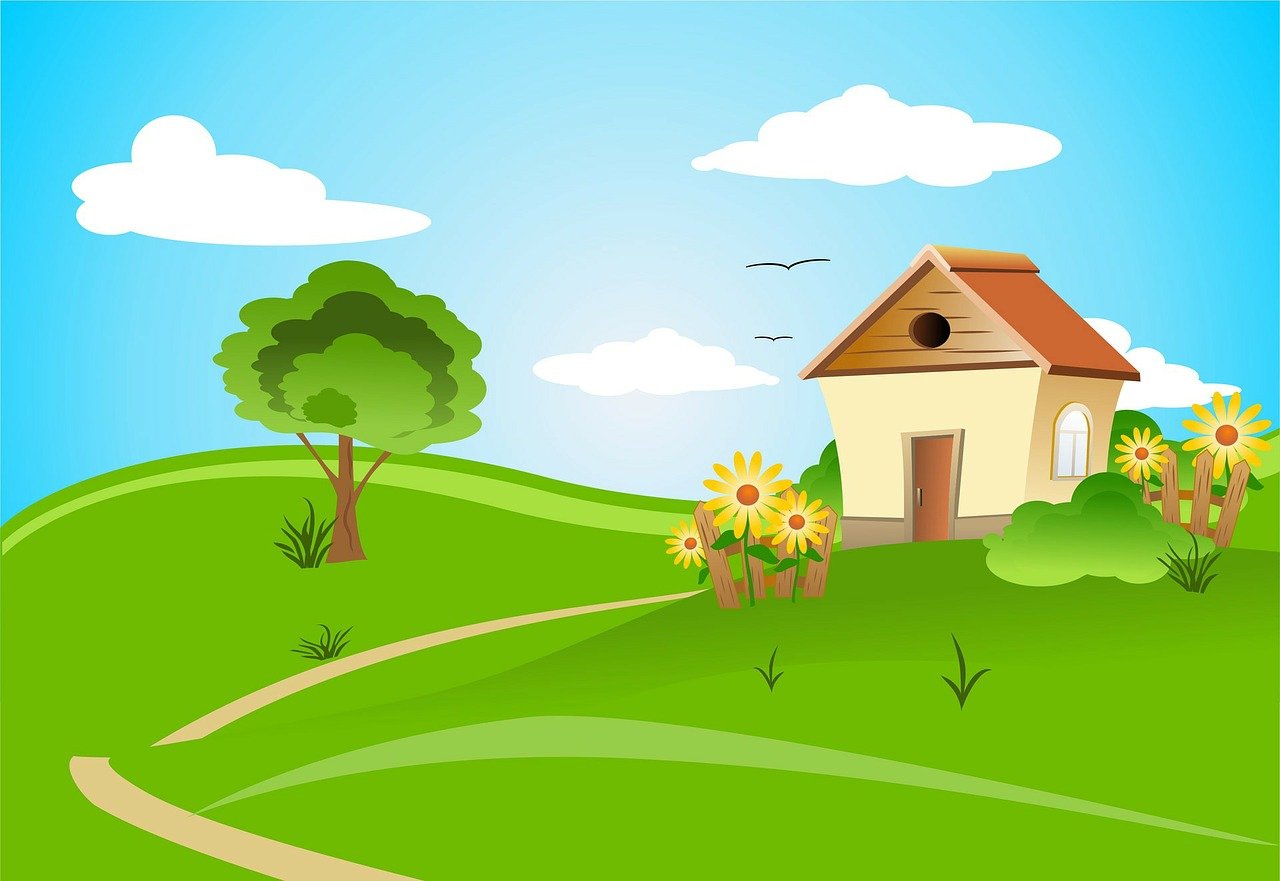
Cost Considerations
The cost of designing and installing a green roof varies depending on several factors:
- Type of Roof: Intensive green roofs are generally more expensive than extensive roofs due to the need for deeper growing mediums and more robust structural support.
- Size of the Roof: Larger roofs will naturally incur higher costs.
- Plant Selection: The types of plants chosen can affect the overall cost, with more exotic or rare species being more expensive.
- Additional Features: Incorporating features like seating areas, solar panels, or water features will increase the overall cost.
To give a rough estimate:
| Type of Green Roof | Cost per Square Foot |
|---|---|
| Extensive Green Roof | $10-30 |
| Intensive Green Roof | $25-50 |
| Semi-Intensive Roof | $20-40 |
Case Studies
Let’s look at a couple of case studies to see green roofs in action:
Case Study 1: An Urban Commercial Building
Location: New York City
Type of Roof: Extensive
Details:
The roof of a commercial building in New York City was transformed into an extensive green roof. The project aimed to improve the building’s energy efficiency and provide a green space for employees. Sedums and native grasses were chosen for their low-maintenance characteristics. The result was a beautiful, functional roof that reduced energy costs, managed stormwater, and offered a pleasant view for the building’s occupants.
Case Study 2: A Residential Home
Location: Portland, Oregon
Type of Roof: Intensive
Details:
A residential home in Portland, Oregon, incorporated an intensive green roof. The design included a mix of shrubs, perennials, and small trees, creating a rooftop garden. The homeowners enjoyed reduced energy bills, a significant increase in property value, and the added beauty and tranquility of their personal rooftop oasis. Regular maintenance ensured the garden thrived year-round.
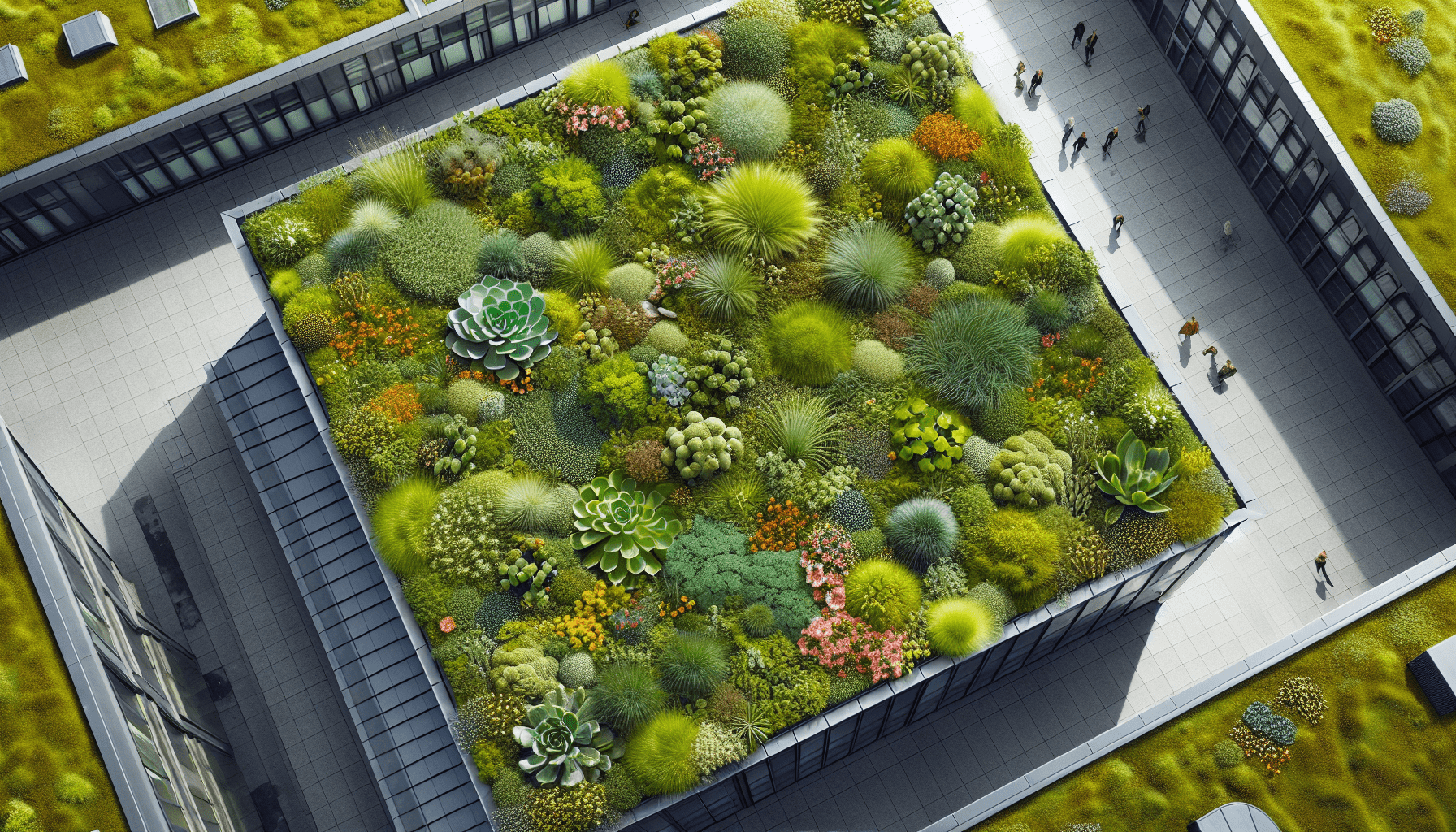
Conclusion
Designing a green roof is a rewarding undertaking that offers numerous environmental, economic, and social benefits. Whether we choose to embark on the project ourselves or enlist the help of professionals, careful planning and execution are key to creating a successful green roof. By assessing our building’s suitability, designing the appropriate layers, selecting suitable plants, and following a detailed installation guide, we can transform our roof into a thriving, sustainable green space. So, let’s take the plunge and create a green roof that not only enhances our living space but also contributes positively to the environment!

